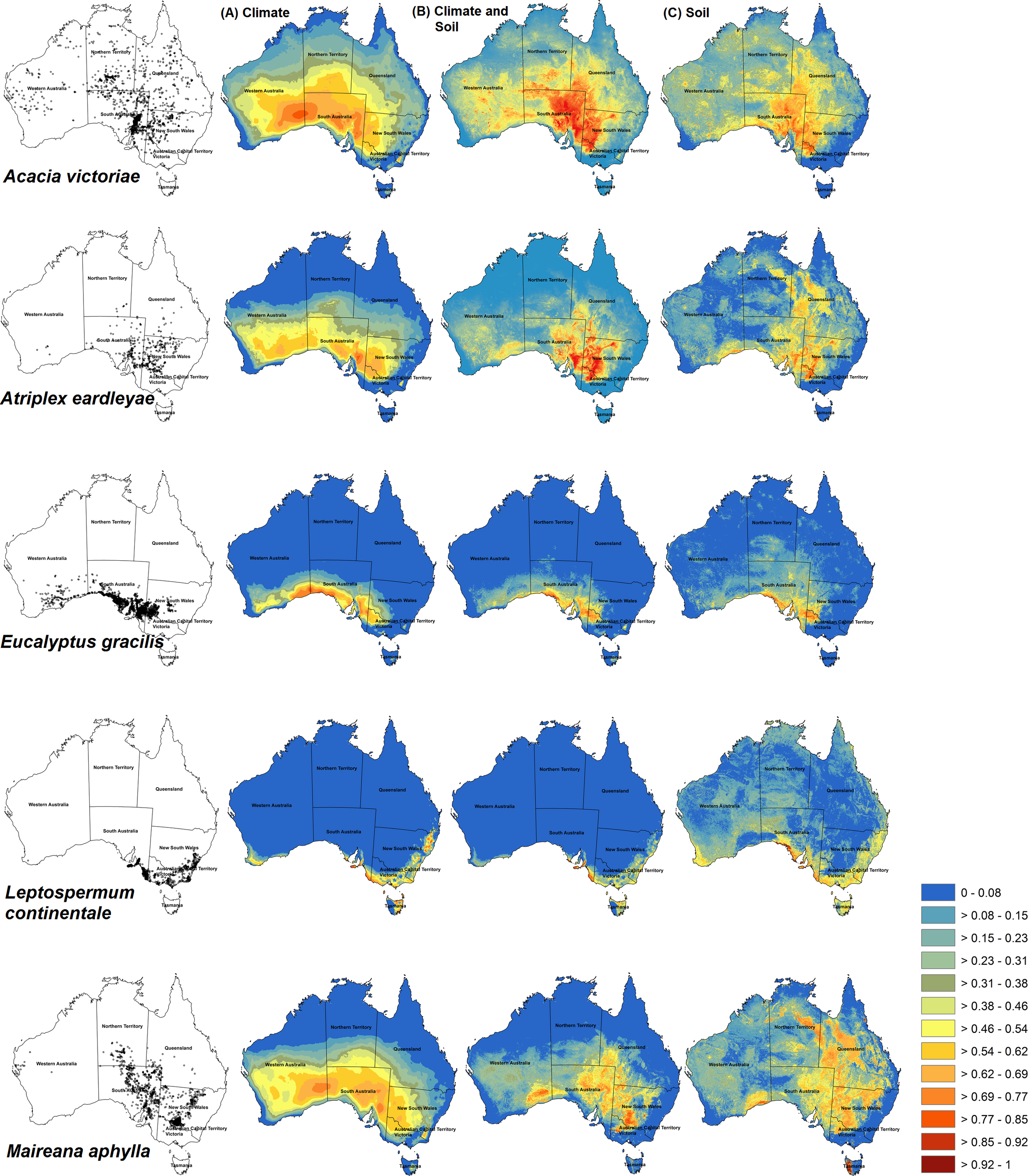
Wildlife & Habitat Conservation
Our Projects
Working in partnership with our clients, universities, and wildlife conservation charities and NGOs, we use cutting-edge science, technology, and research to provide practical and innovative solutions to protect and enhance native biodiversity.
Platypus eDNA Project
Using both observational data from the community and presence/absence data from environmental DNA (or eDNA), BioGeo has been assisting Wildlife QLD with the GIS aspects of the project with the ultimate aim to identify where platypuses are likely to reside or where reintroductions would have the greatest chance of success - focusing conservation efforts.
Echidna Roadkill Hotspot Modelling
Wildlife Queensland’s EchidnaWatch programme has been gathering information on the distribution and abundance of echidnas around Queensland – and we wanted to help.
Wildlife Corridors for the Scenic Rim
The Wildlife Preservation Society Queensland (Scenic Rim Branch) is working on an audacious corridor plan to link habitats across the Scenic Rim. Their goal is to restore and enhance low-altitude forests, which currently enjoy less protection than the tall mountain forests.
BioGeo was initially contacted by WPSQ to generate a display map to visualise the project conceptually. However, we thought we could go a step further by generating a web mapping application that was accessible to everyone (e.g. hosted online) and where all the information could be stored and updated, visualised, and downloaded.
Brush Tailed Rock Wallaby Habitat Mapping
We performed a weighted overlay analysis for the Wildlife Preservation Society Queensland to determine the level of habitat suitability for brush-tailed rock wallabies within the perimeter of Logan City Council and the surrounding area.
Our model included a range of sub-models that individually identify desirable areas for wallabies based on their habitat requirements, which identified three specific areas that are more suited to brush-tailed rock wallabies with each residing within remnant vegetation, with high levels of terrain roughness (a proxy for predator refugia), and in close proximity to previous sightings.







